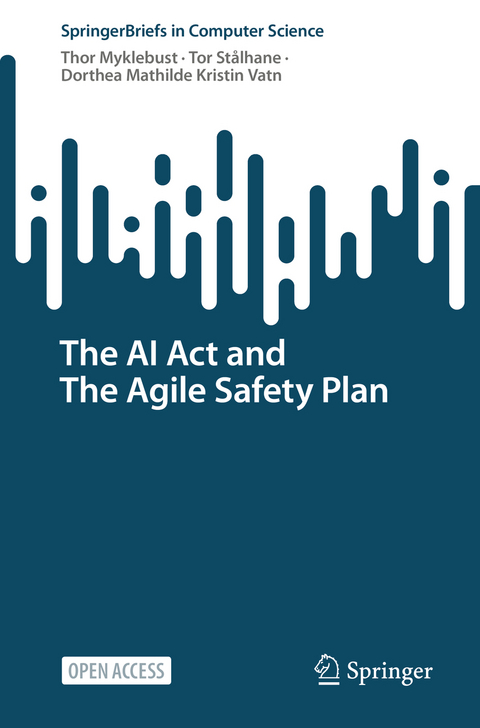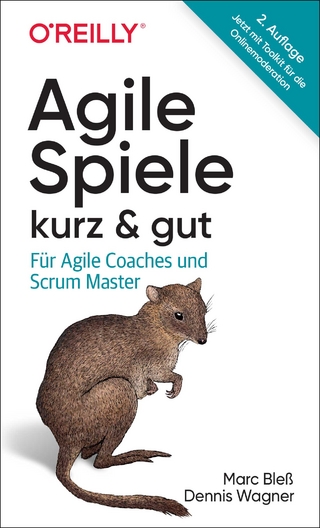
The AI Act and The Agile Safety Plan
Springer International Publishing (Verlag)
9783031805035 (ISBN)
This open access book aims to provide the reader with some basic insight into the AI Act (REGULATION (EU) 2024/1689) and its relevance for the development of high-risk AI systems. It covers all aspects relevant in a safety plan that should serve as the foundation for developing future safety cases for AI safety systems. The topics include e.g. the system definition; hardware, software and its lifecycles; stakeholders and organizations; tools, programming languages, and existing software to be integrated; documentation and work products; procurement and subcontracting; and human aspects.
The book aims at experts and stakeholders involved in developing high risk systems, both manufacturers and operators. It is also written for everyone having an interest in how the AI Act impacts technology development processes generally. As such, especially start-ups and small and medium-sized enterprises (SMEs) will find this book useful.
Thor Myklebust is a Senior Research Scientist at SINTEF Digital. He has extensive experience as a research leader and project manager at both the national and international level and is considered a leading safety expert with 30 years of experience in industry, certification, and research.
Tor Stålhane has been working with software safety for 40 years. As a professor, he taught software engineering at NTNU and has been cooperating with SINTEF on research and consultancy related to agility and software safety for 20 years.
Dorthea Mathilde Kristin Vatn works as a Research Scientist at SINTEF Digital. With her background from psychology, human factors and information systems, her research is directed towards questions concerning how interactions between people and technology relate to both safety and cybersecurity, as well as other business outcomes.
1. Introduction to the Book.- 2. The Agile Safety Plan.- 3. Definition of the System, Operational Design Domain, and Concept of Operation.- 4. Hardware/Chip.- 5. Software and Data.- 6. Artificial Intelligence (AI).- 7. Stakeholders and Organizations.- 8. Compliance with Regulations, AI and Functional Safety Standards.- 9. Planning Tests, Analysis, Scenarios, Verification, Validation, and Regression.- 10. Software and AI Lifecycles.- 11. Tools, Programming Languages, and Pre-existing Software.- 12. Hazards and Risks.- 13. Requirements.- 14. System Design Plan.- 15. Documentation, Information, and Work Products.- 16. Human Aspects.- 17. Level of Automation and Autonomy.- 18. A Process to Prepare Safety Cases.- 19. Procurement and Subcontractors.
| Erscheinungsdatum | 28.01.2025 |
|---|---|
| Reihe/Serie | SpringerBriefs in Computer Science |
| Zusatzinfo | XI, 156 p. 16 illus., 13 illus. in color. |
| Verlagsort | Cham |
| Sprache | englisch |
| Maße | 155 x 235 mm |
| Themenwelt | Informatik ► Software Entwicklung ► Agile Software Entwicklung |
| Schlagworte | Functional Safety • open access • Risk Management • Safety-Critical Systems • safety documents • Software Safety • Software Verification and Validation |
| ISBN-13 | 9783031805035 / 9783031805035 |
| Zustand | Neuware |
| Informationen gemäß Produktsicherheitsverordnung (GPSR) | |
| Haben Sie eine Frage zum Produkt? |
aus dem Bereich


